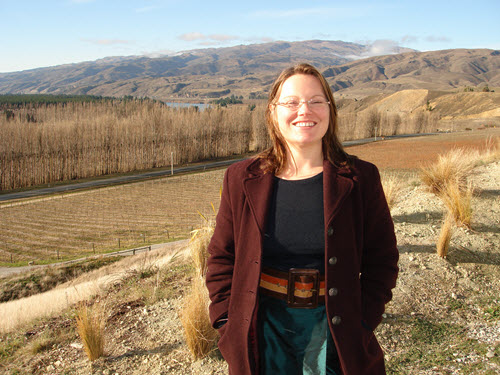The World is your Oyster, (or Fern or Bumblebee …)
Written by Siobhan Leachman
I first became involved in crowdsourcing when my sister suggested I try the Smithsonian Institution’s Transcription Center. Although I live in New Zealand I chose this project as the information generated is open access and available to be downloaded, and it has an extremely effective way of communicating with its volunteers.
Initially I was interested in assisting with the preservation of, and increasing access to, historic documents. However, I quickly became enthused with transcribing field notebooks as they gave an insight into the life of collectors in the field at the turn of the century.
In the beginning I also found this much simpler than transcribing herbarium or entomology specimens. There is a definite system involved with the transcribing labels that I initially found very frustrating. I had never been exposed to herbarium sheets nor entomology labels and it took me two or three attempts and some research to get my head around how to extract the information from the sheets accurately in order to fill in the required fields.
Once I realised it often isn’t just a matter of transcribing, but that further research can be required to check location spellings, place name changes, collector names etc. I came to love it. I love helping solve the “puzzle” and I continue to learn so much. I became a fan of botanists and entomologists I might never otherwise have heard of (particularly those with legible handwriting!).
I also find the process rewarding as I know my small contribution assists in increasing access to specimens and the knowledge of the biodiversity of our planet. Whenever I get frustrated about the reports of the decline of pollinators I transcribe bumblebee specimens for the Smithsonian. It’s my contribution to helping identify and solve the issue.
I continue to transcribe for the Smithsonian Transcription Center as they have managed to foster a wonderfully inclusive group of transcription enthusiasts from many countries around the world. The most rewarding aspect about crowdsourcing for me are the many friends I have made and the social interactions that have come about as a result of a shared love of crowdsourcing.
Although the Smithsonian Transcription Center remains my first love, I assist with a variety of other crowdsourcing projects such as DigiVol, Notes from Nature, and the Science Gossip project on Zooniverse. And I’ll be happy to help any crowdsourcing project that results from the work of the NBN.

